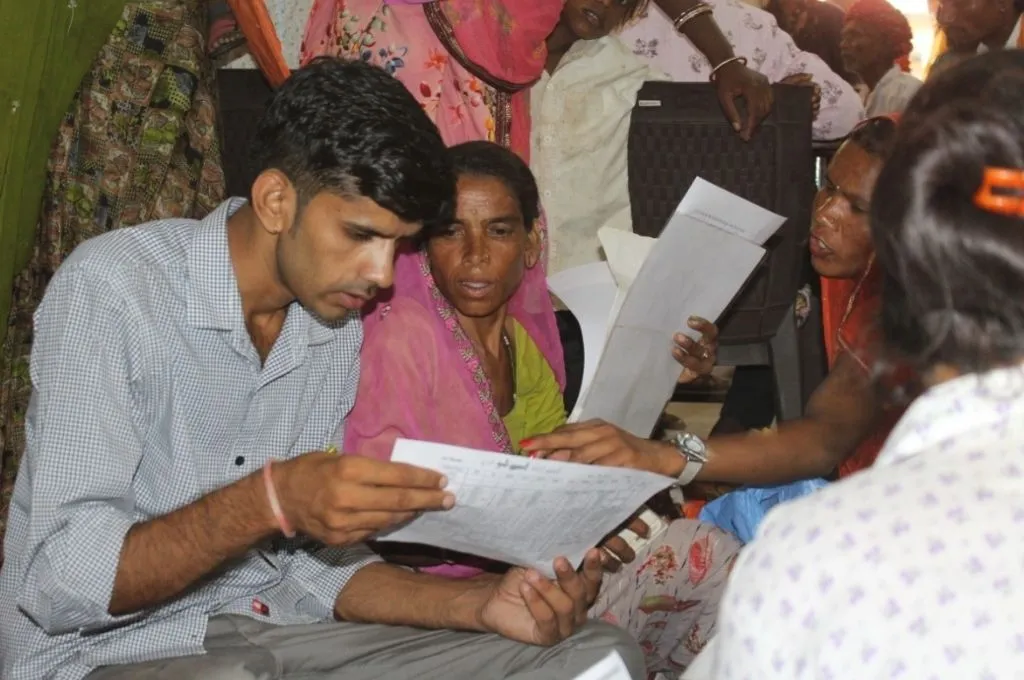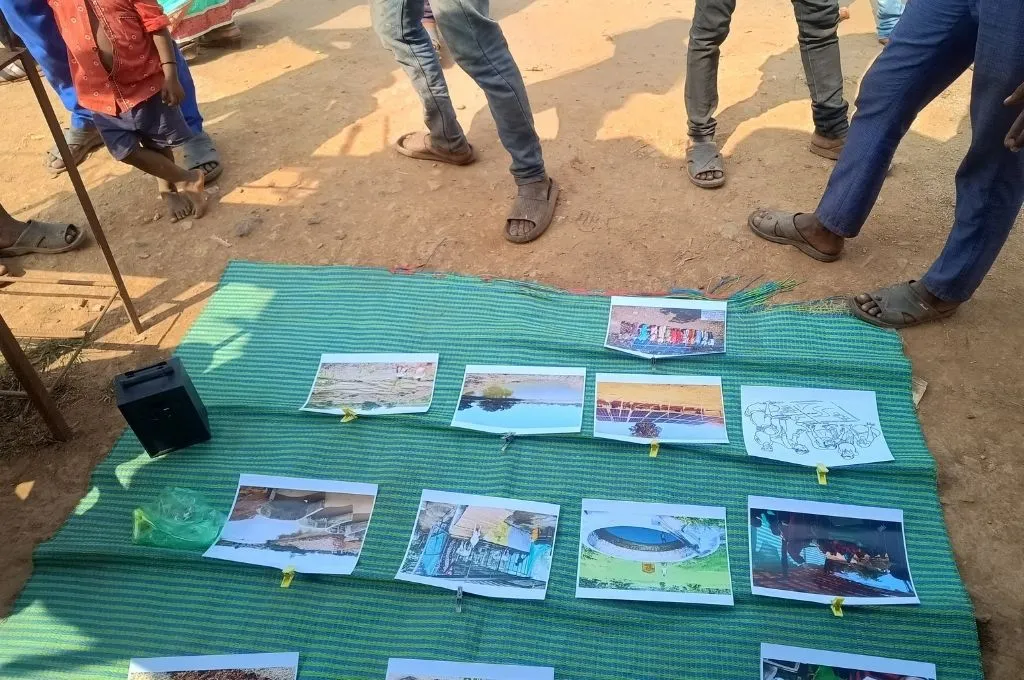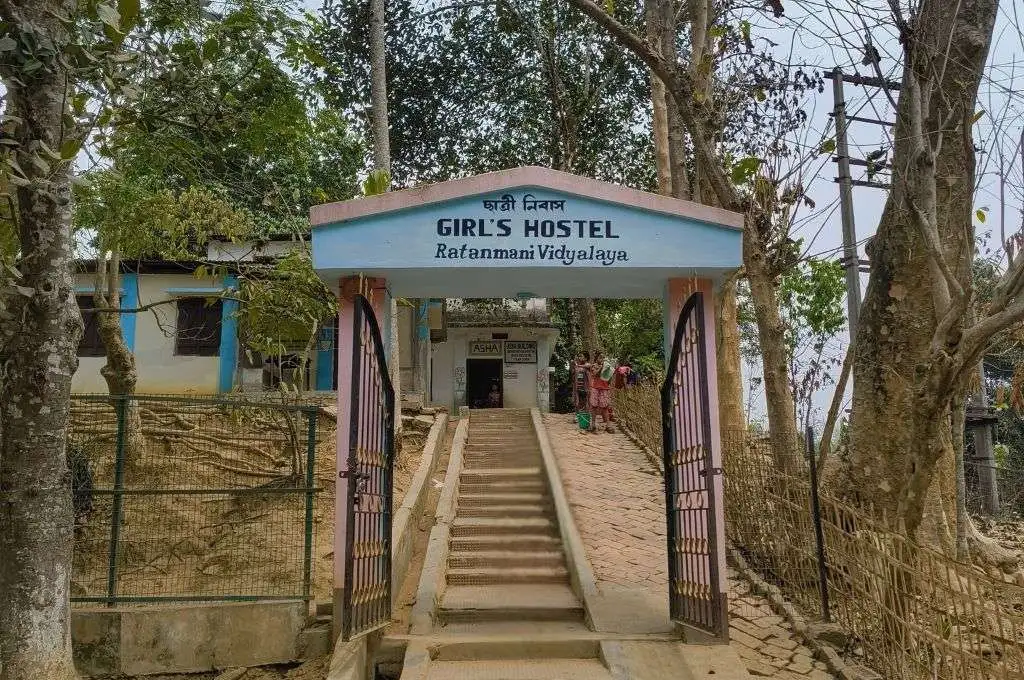Solar but no sunlight: Assam’s struggle for electricity
There are villages in Assam that don’t have electricity even today. Since 2018, many households in the state have been generating power using the rooftop solar panels installed under the state government’s solar programme. When I stayed with a family in Goalpara district back in 2019 as part of my village study work, I came to know that the village was still deprived of electricity and the villagers were using solar panels to power their houses. But I realised that even though electrification using solar energy sounds appealing, it comes with its own set of problems.
Most of the people in the region are small and marginal farmers. Despite the schemes and subsidies, they cannot afford the panels that provide fast charging as they cost INR 60,000–70,000. The farmers opt for battery-run solar panels that cost INR 20,000–30,000, are smaller in size, and take seven to eight hours to recharge. These, however, provide bare minimum power that can light up only one or two bulbs at home; they can’t even power the fans. I wouldn’t be able to charge my phone even after plugging it in for the entire day, so I would travel 4–5 km to the market to charge it.
This issue was not just because of the size of the panel. Given the location of the state, the sun rises and sets early in Assam compared to the northern and southern parts of India. When the sun rises so early, at approximately 5 am, its rays aren’t strong enough to charge the solar panel. It also sets early—between 4.30 and 5 pm. The four to five hours of actual solar energy that the area receives isn’t sufficient for the panels to recharge.
These realities are proving to be an obstacle for the people of Assam, with both their location and their purchasing power hindering them from fully adopting solar energy.
Polash Patangia works as a manager for Knowledge Hub and Communications at Aide et Action.
—
Know more: Learn why farmers in Madhya Pradesh are losing faith in the PM-KUSUM scheme.
Do more: Connect with the author at polashpatangia85@gmail.com to learn more about and support his work.




